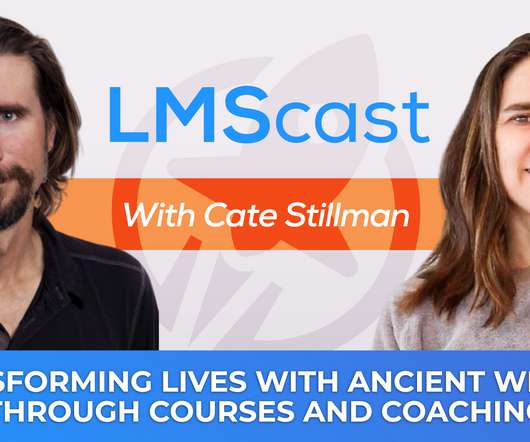[IN DEPTH ANALYSIS] Do your employees know how to learn?
KnowledgeOne
MAY 29, 2018
Among its advantages, it is more flexible, more responsive to specific needs, and quicker to acquire knowledge ( Delage, 2002 , Tarc, Smaller and Antonelli, 2006 ). Note that while informal learning can be done alone, many researchers ( Billett, 2002 , Bratton et al., The post [IN DEPTH ANALYSIS] Do your employees know how to learn?





















Let's personalize your content